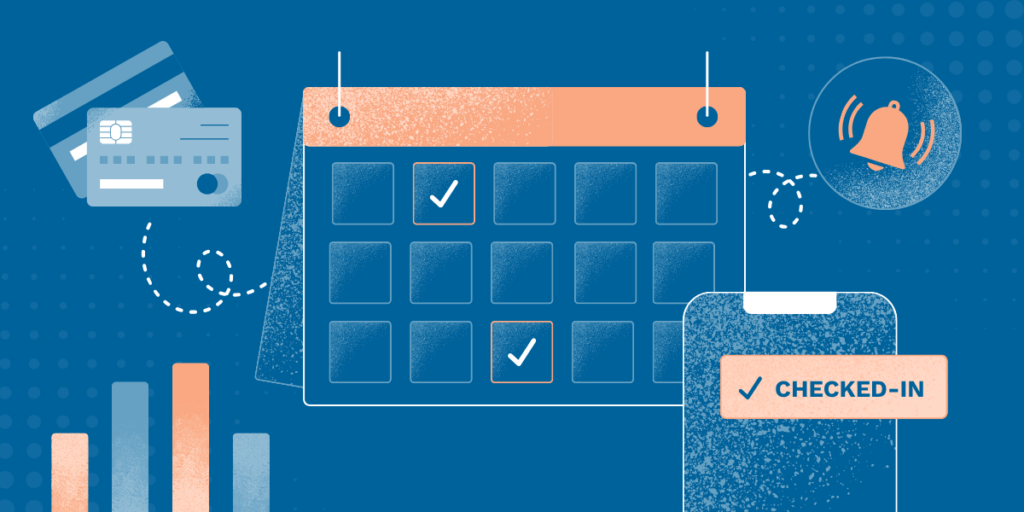Systems with integrated Electronic Prescribing for Controlled Substances (EPCS) functionality have been slowly improving the nation’s medication safety thanks to improved tracking, history, and security. Here’s where the progress stands for EPCS implementation and usage in 2025.
Gone are the days of handwritten prescriptions and lackadaisical security around prescription drugs. Since the early 2000s, federal and state authorities have been working to decrease the number of drug-associated deaths in the United States, and in recent years have bolstered those efforts in order to slow the deadly opioid epidemic impacting the nation since 1999.
While 2018 saw the United States’ first drop in drug-associated deaths in nearly 20 years, some of the more recent years have been challenging. For example, in 2022, the nation’s life expectancy dropped for the second year in a row due to drug overdose deaths and the COVID-19 pandemic. The good news: 2023 and 2024 were more positive, with a promising 27% decrease in overdose deaths in 2024 and some states—Louisiana, Michigan, New Hampshire, Ohio, Virginia, West Virginia, and Wisconsin and Washington, D.C.—experiencing declines of 35% or more.
What is the history of EPCS?
EPCS began in 2010 as a proposal by the Drug Enforcement Administration (DEA) to block the abuse of controlled substances by creating a more transparent and accountable system for prescribers and pharmacies. In 2017, the Every Prescription Conveyed Securely Act (H.R.3528) introduced a mandate that Schedule II-V controlled substances under Medicare Part D be prescribed electronically by January 1st, 2021. Due in part to COVID-19, in late 2020, the United States federal government’s Centers for Medicare and Medicaid Services (CMS) issued a final ruling that delayed enforcement of compliance penalties by one year until 2022. A year later, CMS again delayed federal ECPS compliance enforcement for Medicare Part D until 2023.
On January 1st, 2023, CMS finally began enforcement for the use of Electronic Prescriptions for Controlled Substances (EPCS) for all Schedule II, III, IV, and V medication drugs prescribed under Medicare Part D. CMS requires that “Part D sponsors, prescribers, and dispensers…support electronic prescribing” for controlled substance prescriptions, or risk facing compliance enforcement actions.
Where does the U.S. stand with EPCS usage?
More than half of U.S. states fall under some form of state-level controlled substance legislation. However, more than 16% of prescribers were not enabled for electronic prescribing in 2024, according to SureScripts. Pharmacies have done a better job of adoption, with only 4% of pharmacies nationwide still remaining noncompliant.
With EPCS functionality allowed for use in all 50 states—whether state law requires it or not—EPCS systems can, and should, be implemented by practices and pharmacies nationwide. In today’s digital-focused healthcare landscape, it’s clear EPCS provides a level of safety and visibility that’s immensely beneficial to providers and the patients they serve. We’re hopeful that these benefits will lead to a continued expansion and improvement of EPCS systems, including more legislation requiring their implementation.
Whether your state has current laws in place or not, using an EPCS system will help any practice build greater trust with patients and future-proof against any possible mandates. The process should be undertaken proactively, as—depending on the size of your organization—it may take days, weeks, or longer to gather all of your necessary information and find a certified, compliant E-Prescribing software solution.
Which individual U.S. states have EPCS legislation?
In 2011, Minnesota was the first state to enact legislation addressing EPCS. Other states have since followed suit with their own EPCS regulations—such as New York in 2016—who have paved the way for adoption. Two years later, in 2018, New York state saw its first decline in drug-related deaths since 2009, with a 4.1% year-over-year reduction.
The following list includes the U.S. states with existing EPCS legislation and the date their respective mandates went into effect:
- Arizona – January 1, 2020
- Arkansas – January 1, 2021
- California – January 1, 2022
- Colorado – July 1, 2023
- Connecticut – January 1, 2018
- Delaware – January 1, 2021
- Florida – July 1, 2021
- Illinois – January 1, 2024
- Indiana – January 1, 2022
- Iowa – January 1, 2020
- Kansas – July 1, 2021
- Kentucky – January 1, 2021
- Maine – July 1, 2017
- Maryland – January 1, 2023
- Massachusetts – January 1, 2021
- Michigan – January 1, 2021
- Minnesota – January 1, 2011
- Missouri – January 1, 2021
- Nebraska – January 1, 2022
- Nevada – January 1, 2021
- New Hampshire – January 1, 2022
- New Mexico – April 1, 2021
- New York – March 27, 2016
- North Carolina – January 1, 2020
- Oklahoma – January 1, 2020
- Pennsylvania – October 24, 2019
- Rhode Island – January 1, 2020
- South Carolina – January 1, 2021
- Tennessee – January 1, 2021
- Texas – January 1, 2021
- Utah – January 1, 2022
- Virginia – July 1, 2020
- Washington – January 1, 2022
- Wyoming – January 1, 2021
Electronic prescribing or e-prescribing tools are much more than an efficient and transparent method to prescribe; they’re also an effective means of preventing drug overdoses. Providing a “paper trail” of comprehensive medication history at providers’ and pharmacists’ fingertips, EPCS helps to inform and improve prescribing decisions while reducing overprescribing, overuse, and resulting drug addiction. EPCS also improves the security of controlled substance prescriptions, helping to reduce fraud and diversion.
How to add EPCS-compliant prescribing?
Getting started with EPCS requires practices to find the right software partner, compile necessary documentation, and train staff on a new software tool.
Every practice has unique needs and challenges when it comes to serving patients, so it’s important to research and compare options based on your specific requirements. To find the right software for your practice, there are a few main considerations:
- The size, workflows, and complexity of your practice
- Integration with your existing software suite
- Cost and budgetary concerns
- Compliance with HIPAA and certifications such as ONC-ACB
- Availability of customer support and training resources
Once you’ve identified the right software, make sure you have all the necessary information available to get started with EPCS. The required documentation is typically a government-issued photo ID, your National Provider Identifier (NPI) number, and Drug Enforcement Administration (DEA) registration. Depending on the provider, you may be required to complete an identity proofing process in order to begin prescribing electronically—a step which is often facilitated in partnership with your software provider.
Whether you’re transitioning away from pen-and-paper or a different e-prescribing platform, your team will need to get up to speed on the new tool. Most EPCS software will come with some form of training materials or resources, so make sure to take advantage.
If you’re ready to get started, RXNT can help. Our award-winning, certified E-Prescribing software with EPCS is secure, compliant with all DEA requirements, provides direct access to your state’s PDMP/PMP, and is available standalone or integrated with our comprehensive suite of clinical and billing software. Learn more about our EPCS software or schedule a demo now to see how you can start enjoying the benefits of EPCS.
The information in this article is current as of August 2025 and is for general information purposes only. RXNT makes no warranties or representations of any kind, express or implied, about the accuracy, completeness, or reliability of the information in this article. RXNT assumes no liability for any damages caused by inaccuracies in this content. All users should consult with their jurisdiction for the most up-to-date and accurate information about any existing or pending legislation.




